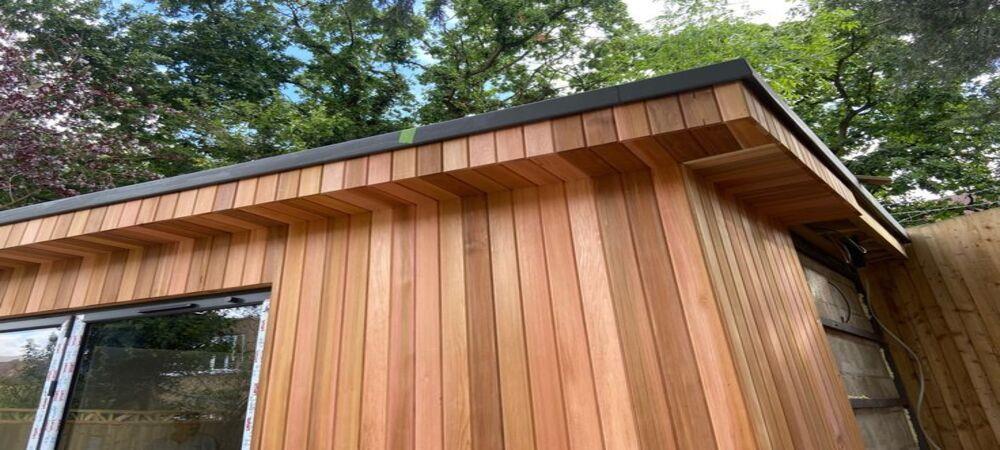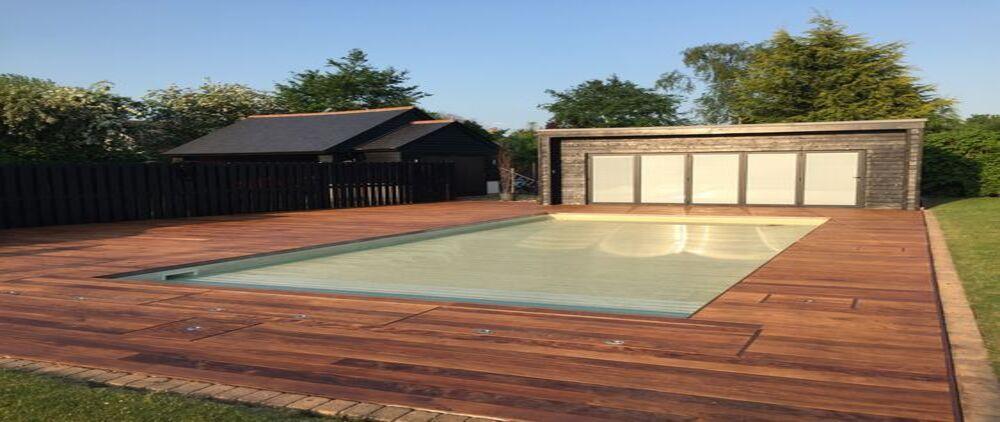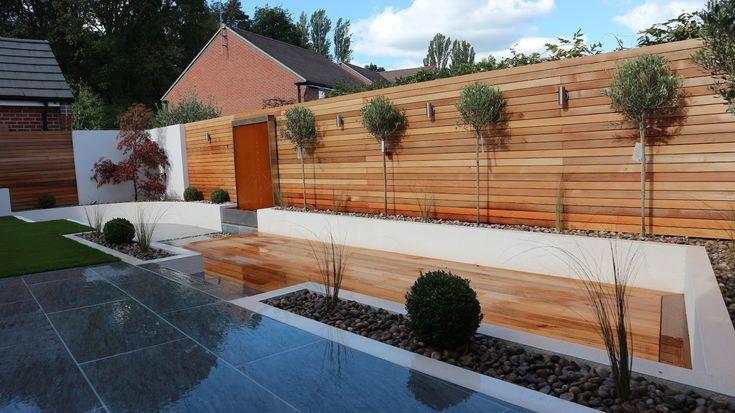Everything You Need to Know About Cladding
Cladding
What is Cladding?
Cladding refers to the process of applying one material over another to provide a skin or layer. In construction, cladding is used to improve a building's appearance, provide thermal insulation, weather resistance, and enhance structural integrity. Cladding materials can be made from a wide range of substances, including wood, metal, brick, vinyl, and composite materials.
Types of Cladding
1. Timber Cladding
Timber cladding is a popular choice for residential and commercial buildings due to its natural appearance and sustainability. Key benefits of timber cladding include:
Aesthetic Appeal: Timber provides a warm, organic look that blends well with various architectural styles.
Insulation: Timber has natural insulating properties, which help maintain indoor temperatures.
Sustainability: Sourced from renewable forests, timber is an environmentally friendly option.

2. Metal Cladding
Metal cladding is known for its durability and modern aesthetic. Common metals used in cladding include aluminum, steel, and copper. Benefits of metal cladding are:
Durability: Metals are resistant to weather, pests, and fire, ensuring longevity.
Low Maintenance: Metal cladding requires minimal upkeep, making it a costeffective choice.
Versatility: Available in various finishes and colors, metal cladding can be customized to fit any design.
3. Brick Cladding
Brick cladding offers a traditional and timeless look. It is widely used for both residential and commercial buildings. Advantages of brick cladding include:
Strength: Brick is a sturdy material that provides excellent protection against the elements.
Insulation: Brick cladding enhances thermal and sound insulation.
Low Maintenance: Bricks require little maintenance and are resistant to wear and tear.
4. Vinyl Cladding
Vinyl cladding is a cost-effective and versatile option. Benefits of vinyl cladding are:
Affordability: Vinyl is one of the most budget-friendly cladding materials.
Variety: Available in many colors and styles, vinyl can mimic other materials like wood or stone.
Low Maintenance: Vinyl cladding is easy to clean and resistant to pests and rot.
5. Composite Cladding
Composite cladding combines multiple materials to provide enhanced properties. It is often made from a mix of wood fibers, plastics, and resins. Key advantages of composite cladding include:
Durability: Composite materials are engineered to withstand harsh weather conditions.
Low Maintenance: Composite cladding does not require painting or sealing.
Sustainability: Many composite materials are made from recycled products, making them eco-friendly.

Applications of Cladding
Cladding is used in various applications, from residential homes to commercial buildings and industrial facilities. Common uses of cladding include:
Facade Enhancement: Cladding improves the exterior appearance of buildings, giving them a modern or traditional look.
Thermal Insulation: Cladding materials add an extra layer of insulation, reducing energy consumption.
Weather Protection: Cladding shields buildings from rain, wind, and UV radiation, preventing structural damage.
Acoustic Insulation: Certain cladding materials help reduce noise pollution, creating a quieter indoor environment.
Benefits of Cladding
1. Improved Aesthetics
One of the primary benefits of cladding is the enhanced visual appeal it provides. With a wide range of materials and finishes available, cladding allows for creativity and customization, helping buildings stand out.
2. Increased Energy Efficiency
Cladding adds an extra layer of insulation, which helps maintain indoor temperatures. This reduces the need for heating and cooling, leading to lower energy bills and a smaller carbon footprint.
3. Enhanced Durability
Cladding materials are designed to protect buildings from external elements, including moisture, wind, and UV rays. This prolongs the life of the building's structure and reduces maintenance costs.
4. Sound Insulation
Certain cladding materials provide excellent acoustic insulation, making them ideal for buildings in noisy environments. This creates a more comfortable indoor space by minimizing external noise.
5. Fire Resistance
Many cladding materials, such as metal and composite panels, offer high levels of fire resistance. This enhances the safety of buildings, providing peace of mind to occupants.

Materials Used in Cladding
1. Natural Stone
Natural stone cladding offers a timeless and elegant look. It is durable and weatherresistant, making it suitable for various applications. Common types of stone used include granite, marble, and limestone.
2. Fiber Cement
Fiber cement cladding is made from a mixture of cement, sand, and cellulose fibers. It is known for its durability, low maintenance, and resistance to fire and pests.
3. Glass
Glass cladding provides a sleek and modern appearance. It allows natural light to enter the building, reducing the need for artificial lighting and enhancing energy efficiency.
4. PVC
PVC cladding is a versatile and cost-effective option. It is lightweight, easy to install, and available in various colors and styles.
5. Composite Panels
Composite panels are made from a blend of materials, including wood fibers, plastics, and resins. They offer excellent durability, low maintenance, and a wide range of finishes.
Choosing the Right Cladding for Your Project
When selecting cladding for your project, consider factors such as aesthetic preferences, budget, durability, maintenance requirements, and environmental
impact. It is essential to choose a material that complements the architectural style of the building and meets your specific needs.
1. Consider the Building's Location
The building's location can influence the choice of cladding material. For example, in coastal areas, materials resistant to salt and moisture, such as metal or fiber cement, are ideal.
2. Evaluate Maintenance Requirements
Different cladding materials have varying maintenance needs. Choose a material that aligns with your maintenance capabilities and budget.
3.
Assess Environmental Impact
Opt for sustainable materials, such as timber from renewable sources or recycled composite panels, to minimize the environmental impact of your project.
Conclusion
Cladding is an essential aspect of modern construction, offering both functional and aesthetic benefits. By understanding the various types of cladding, their applications, and the materials used, you can make informed decisions for your construction projects. Whether you prioritize durability, energy efficiency, or visual appeal, there is a cladding solution that meets your needs.
